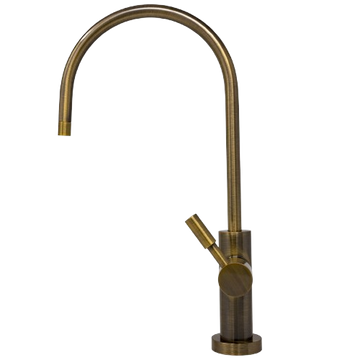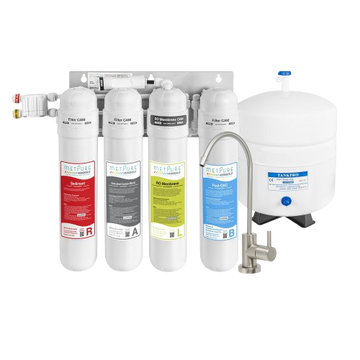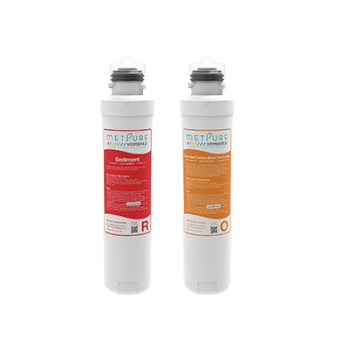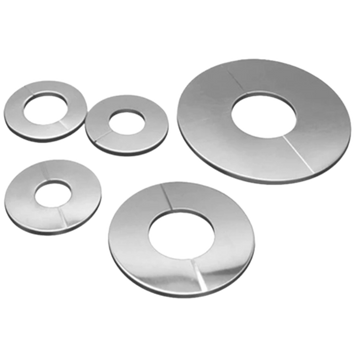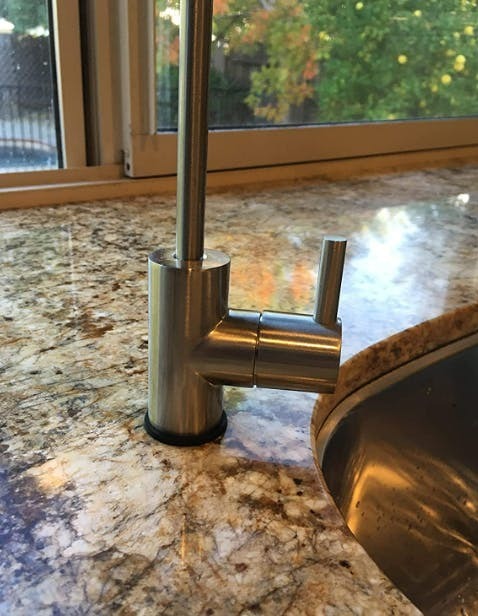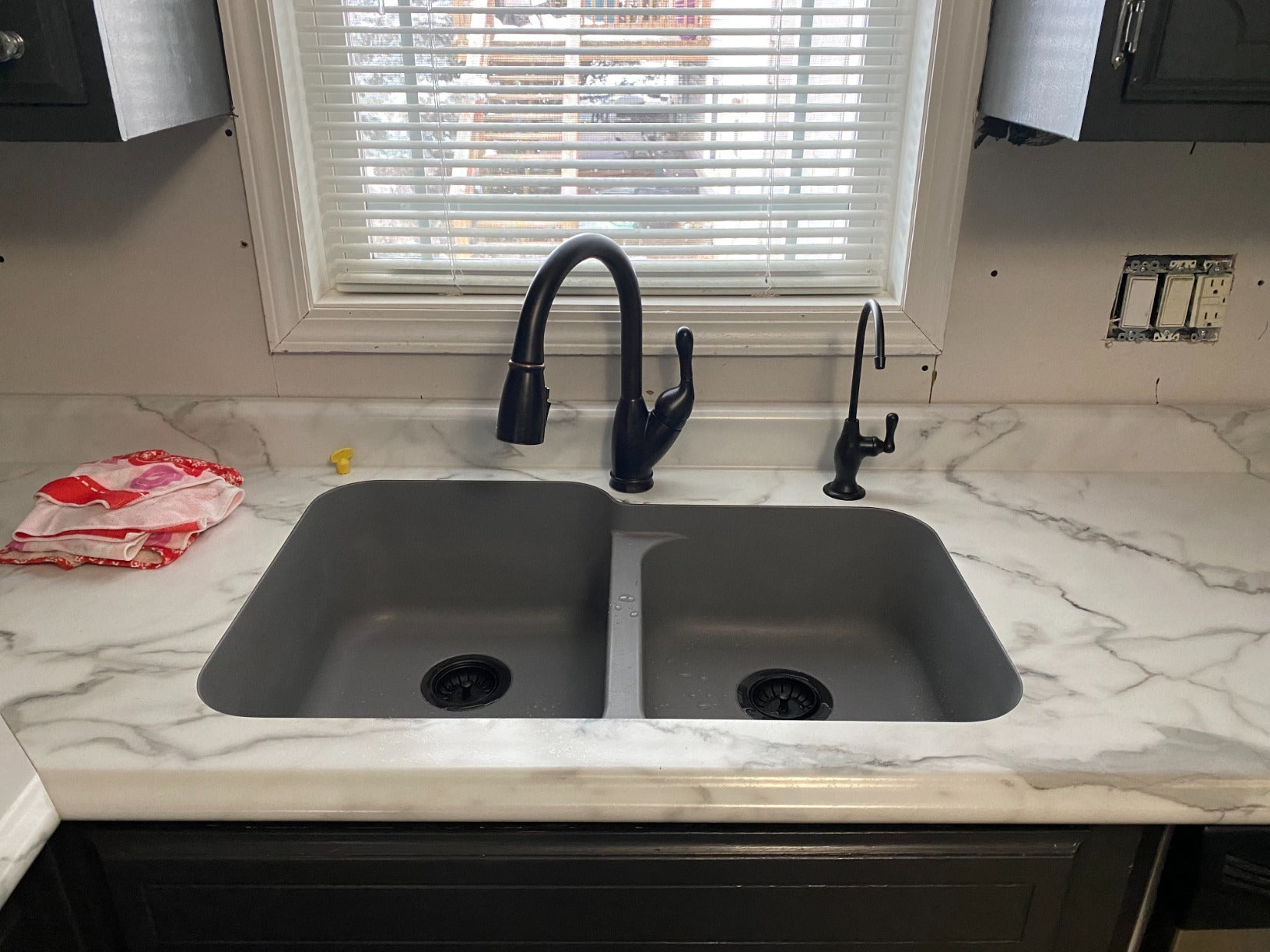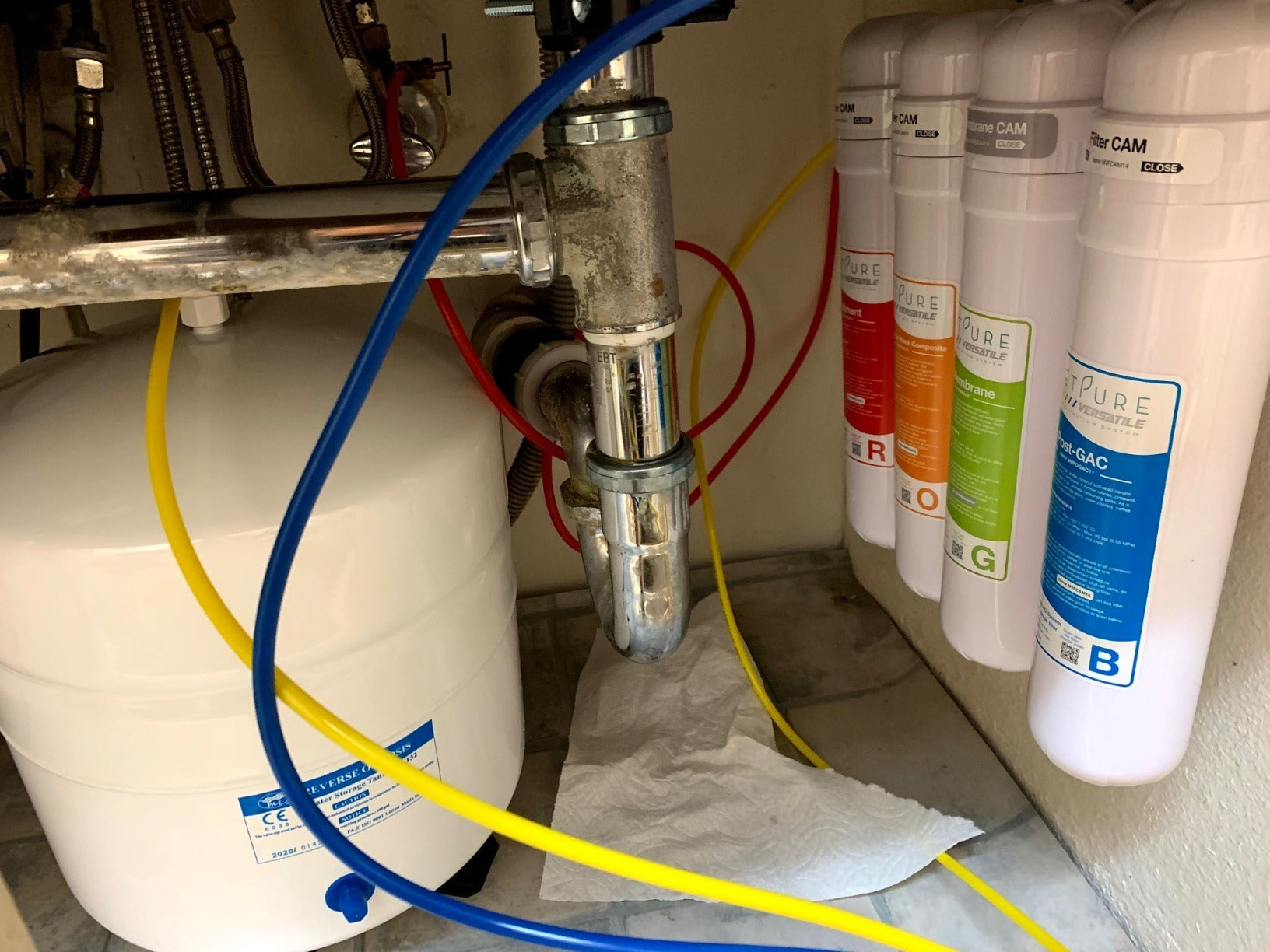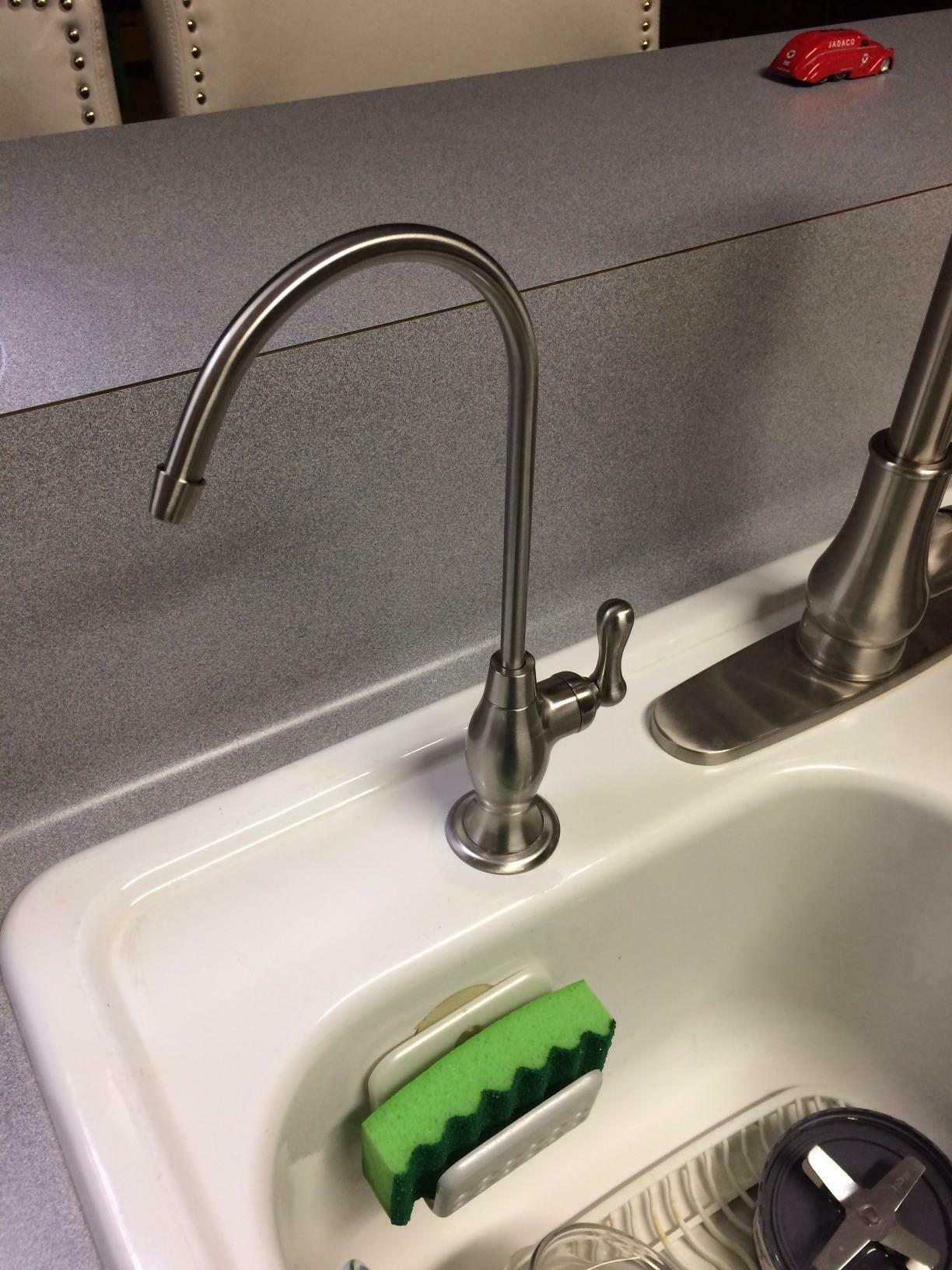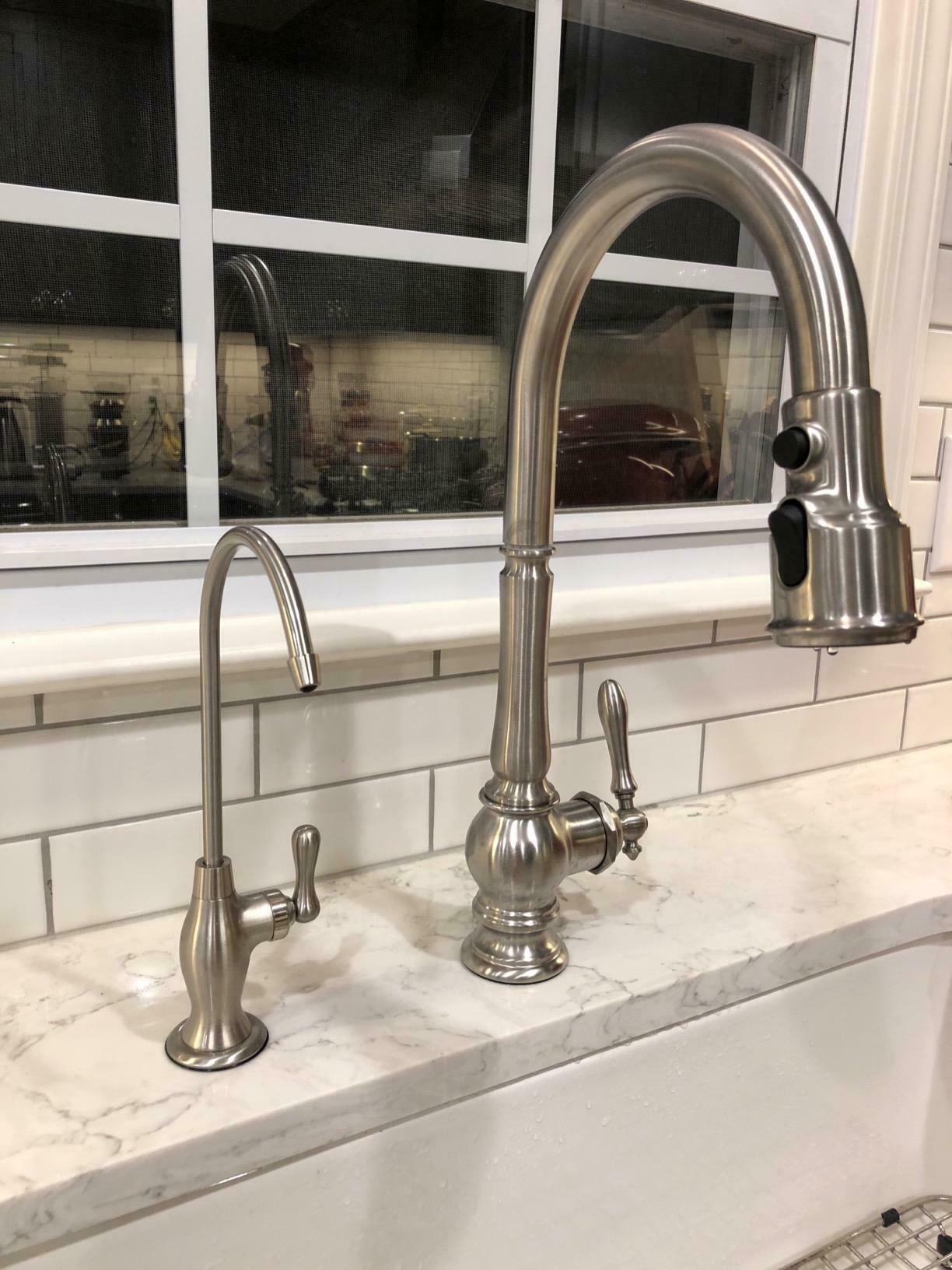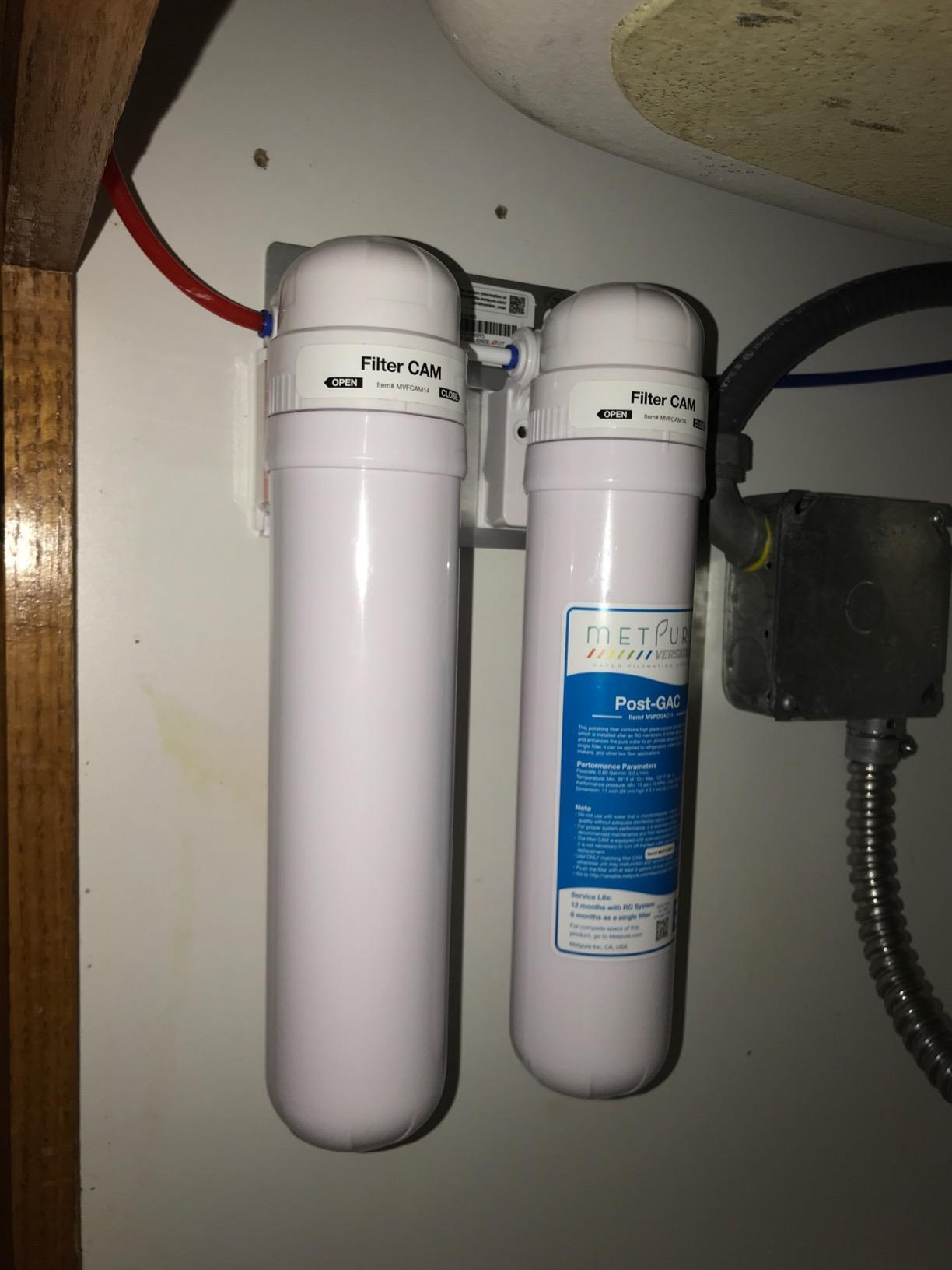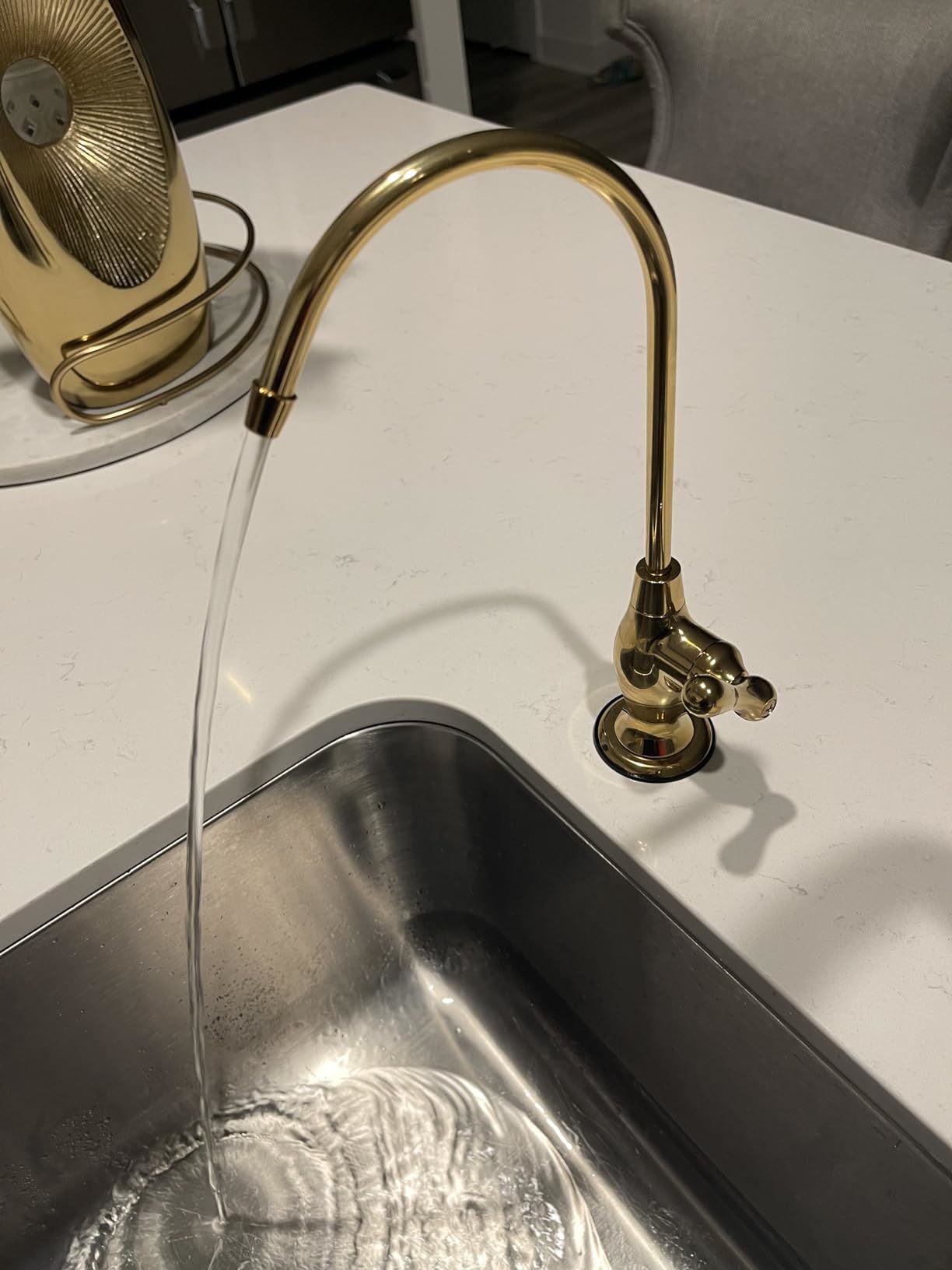How Water Quality Affects Cooking
Table of Contents
Water is a key component of nearly all dishes. Its quality has a huge impact on food safety and the overall experience of dining.
Water can carry a number of microbiological and chemical contaminants that affect food safety throughout the production process. It also transports pathogens from person-to-person.
Water can contain minerals that react with ingredients and change their taste. It can also impact texture.
1. Temperature
The temperature of water affects the speed at which cooking occurs, as well as the taste and texture of food. For example, hard water may make pasta or veg taste metallic and chewy, while soft water makes them more tender and creamy.
Water quality is an important factor in safe food production, and stringent analysis of water with strict quality control criteria must be followed throughout the food processing chain. This includes pre-harvest, irrigation, and post-harvest water management.
The water must be free from undesirable color, odor, and taste, as well as impurities that could jeopardize consumer health. This can be achieved with various techniques and methods of water treatment, including ozonation, reverse osmosis, and activated carbon.
2. Dissolved Solids
Water is a natural solvent, and it picks up impurities like metals, minerals, salts, and ions quite easily. This is because it is a non-polar liquid with an enormous surface area.
These substances can come from a variety of sources, including natural water springs, chemicals used to treat municipal water supplies, runoff from city streets and yards, and even the pipes and plumbing materials that carry drinking water into your home. These particles can make your water corrosive to steel-based materials and have a bitter or off-taste.
It can also leave ugly spots on utensils, fade clothing, and cause soap scum and scale build-up in your plumbing and appliances. It can also cause a gritty texture in soups and sauces, and prevent them from being clear or translucent. Fortunately, these problems can be fixed with appropriate water filtration systems. The best way to find out if you have a problem is to get a comprehensive initial test for total dissolved solids and conductivity. This will give you a snapshot of your water quality and allow you to monitor it over time.
3. Minerals
Water is a key ingredient in many food products. It is used in all aspects of the food industry, from washing raw ingredients and cleaning equipment to creating finished products. Water quality has a huge impact on the taste, appearance, and texture of foods. Water can also contain a variety of contaminants and impurities. These contaminants include minerals, chemicals, and microorganisms. These contaminants can have a negative effect on the flavor and quality of food.
Water contamination can come from various sources including industrial, agricultural and commercial activities. These contaminants can be washed into receiving waters and subsequently pollute the food supply. In addition, contaminated water can also serve as a route for person-to-person or animal-to-person transmission of pathogens such as cholera, dysentery and typhoid. This is especially common in areas with poor waste management practices. The good news is that preventing water contamination can reduce the amount of harmful chemicals in food products and protect people’s health. This can be done through sustainable food production and water management. In this regard, it is important to ensure that all food businesses use a suitable and reliable water treatment system.
4. Chemicals
All foods contain chemicals – from the basic building blocks of protein to the flavouring compounds that make our food taste delicious. In general, they are harmless at the level we consume them, but certain chemicals like pesticides, heavy metals and organic pollutants can get into our food through soil contamination, or indirectly from water used to grow crops.
The quality of the water we use to cook directly affects our health, and can also influence how well other ingredients are absorbed by the body. Many cooking techniques produce particulate matter, which can be dangerous when inhaled deep into the lungs.
It’s vital to monitor the safety of all food chemicals, including those that are a byproduct of cooking. The EFSA has strict criteria for the approval of chemical substances in food, and they must undergo rigorous risk assessments before being allowed into the market. These standards can help chefs ensure that their water is safe for the preparation of their culinary masterpieces. They can also ensure that the purity of their ingredient water enhances rather than detracts from the natural flavours of their carefully selected ingredients.
5. Odor
The character and persistence of kitchen odors depend on the foods being prepared and the cooking methods employed. High-heat techniques like frying generate powerful and enduring aromas that linger on surfaces. The same is true for certain ingredients, such as garlic and onions. The choice of spices and herbs also impacts odors. Their robust scents often cling to surfaces and can be challenging to disperse.
Water used in food production should be free from undesirable taste, odor, and color as well as pathogenic organisms and impurities that could be harmful to consumers and result in low-quality products. Various water treatments are required to ensure water meets these criteria.
Lingering kitchen odors can be a serious nuisance but they can be minimized with a few simple steps. Regularly launder fabric kitchen items, including curtains, dish towels, and tablecloths to prevent them from absorbing and holding odors over time. Opt for gentle cooking techniques, such as boiling and steaming, which produce fewer odors than frying. Turn on an exhaust fan while cooking and open windows for cross-ventilation. Keep humidity levels at a minimum, as excess moisture can cause odors to cling more tenaciously to surfaces.


